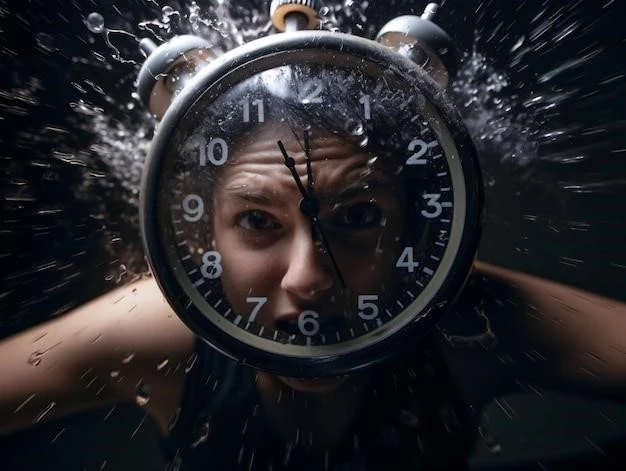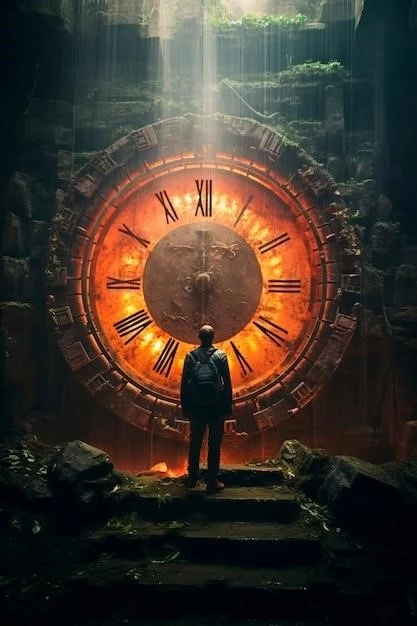Myths, those timeless tales passed down through generations, offer a fascinating window into the human psyche. Far from being mere stories, they reflect our deepest fears, aspirations, and attempts to understand the world around us. This article delves into the intriguing evolution of myths over time, exploring how these narratives adapt and transform while retaining their core essence.
The Nature of Myths and Their Adaptability
Myths are not static entities. Unlike historical accounts that strive for factual accuracy, myths are fluid and malleable, adapting to the changing values, beliefs, and social structures of the societies that carry them. This inherent flexibility allows them to remain relevant and meaningful across generations.
Oral Tradition and the Fluidity of Myths
In their earliest forms, myths were primarily transmitted orally. This process of oral storytelling, while effective in preserving cultural knowledge, also contributed to the evolution of myths; Each retelling provided an opportunity for the storyteller to embellish, omit, or reinterpret elements of the story, shaping it to resonate with the current audience and context.
Cultural Contact and the Blending of Myths
As civilizations interacted through trade, migration, or conquest, their mythologies inevitably intertwined. Similar deities and narratives from different cultures were often merged, resulting in syncretic myths that incorporated elements from various traditions. This blending of myths enriched existing narratives and facilitated cultural exchange.
Examples of Mythological Evolution
The evolution of myths can be observed across numerous cultures and time periods. Here are a few compelling examples:
-
The Flood Myth
The motif of a great flood sent by deities to punish humanity is found in numerous mythologies, including Mesopotamian, Greek, Hindu, and Christian traditions. While the details vary, the core narrative of a catastrophic deluge and subsequent renewal resonates across cultures, reflecting universal anxieties about natural disasters and divine retribution.
-
The Hero’s Journey
The hero’s journey, a narrative archetype identified by mythologist Joseph Campbell, follows a consistent pattern found in stories from around the world. From Odysseus’s arduous journey home in Homer’s epic poem to the modern-day adventures of Luke Skywalker in Star Wars, the hero’s journey, with its stages of separation, initiation, and return, reflects enduring human experiences of growth, transformation, and the struggle against adversity.
-
The Transformation of Deities
The characteristics and attributes of deities often evolved over time, reflecting changing cultural values and societal structures. For instance, the Roman goddess Minerva, originally a patroness of crafts, evolved to encompass wisdom, strategic warfare, and the arts, reflecting the expanding Roman Empire and its emphasis on military prowess and intellectual pursuits.

Modern Interpretations and Relevance
Despite their ancient origins, myths continue to resonate in the modern world. They provide a rich source of inspiration for artists, writers, and filmmakers, who reinterpret and reimagine these timeless tales for contemporary audiences.
Psychological and Archetypal Interpretations
Psychologists like Carl Jung viewed myths as expressions of universal archetypes residing in the collective unconscious. These archetypes, such as the hero, the mother, and the shadow, represent fundamental human experiences and motivations that transcend time and culture.
Social and Cultural Relevance
Myths also serve as powerful tools for understanding different cultures and belief systems. By studying the myths of a particular society, we gain insights into its worldview, values, and social norms.

Conclusion
The evolution of myths is a testament to their enduring power and adaptability; From ancient oral traditions to modern reinterpretations, myths continue to shape our understanding of the world, ourselves, and the human condition. As we continue to explore and interpret these timeless tales, we gain a deeper appreciation for the rich tapestry of human experience across cultures and throughout history.










